Nikolaus Lipusch
Finding the unicorn: Predicting early stage startup success through a hybrid intelligence method
May 07, 2021Abstract:Artificial intelligence is an emerging topic and will soon be able to perform decisions better than humans. In more complex and creative contexts such as innovation, however, the question remains whether machines are superior to humans. Machines fail in two kinds of situations: processing and interpreting soft information (information that cannot be quantified) and making predictions in unknowable risk situations of extreme uncertainty. In such situations, the machine does not have representative information for a certain outcome. Thereby, humans are still the gold standard for assessing soft signals and make use of intuition. To predict the success of startups, we, thus, combine the complementary capabilities of humans and machines in a Hybrid Intelligence method. To reach our aim, we follow a design science research approach to develop a Hybrid Intelligence method that combines the strength of both machine and collective intelligence to demonstrate its utility for predictions under extreme uncertainty.
Design principles for a hybrid intelligence decision support system for business model validation
May 07, 2021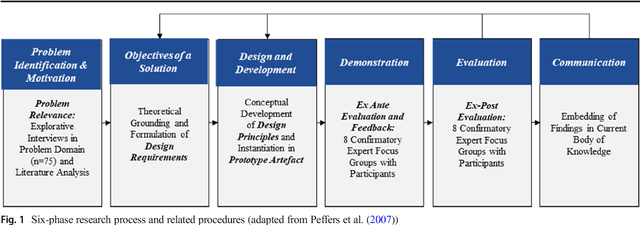
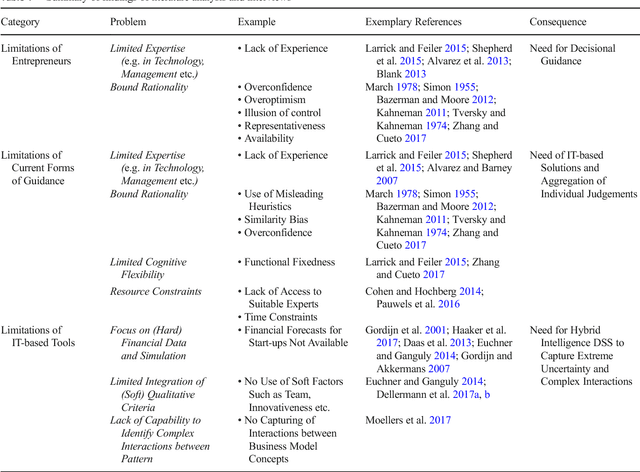

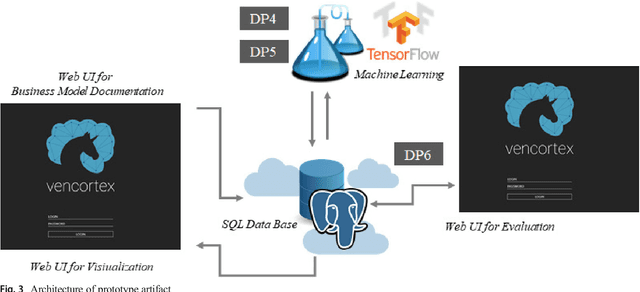
Abstract:One of the most critical tasks for startups is to validate their business model. Therefore, entrepreneurs try to collect information such as feedback from other actors to assess the validity of their assumptions and make decisions. However, previous work on decisional guidance for business model validation provides no solution for the highly uncertain and complex context of earlystage startups. The purpose of this paper is, thus, to develop design principles for a Hybrid Intelligence decision support system (HI-DSS) that combines the complementary capabilities of human and machine intelligence. We follow a design science research approach to design a prototype artifact and a set of design principles. Our study provides prescriptive knowledge for HI-DSS and contributes to previous work on decision support for business models, the applications of complementary strengths of humans and machines for making decisions, and support systems for extremely uncertain decision-making problems.
The future of human-AI collaboration: a taxonomy of design knowledge for hybrid intelligence systems
May 07, 2021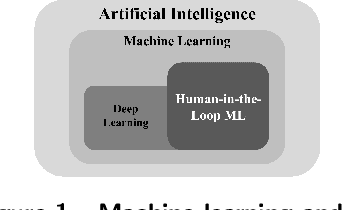
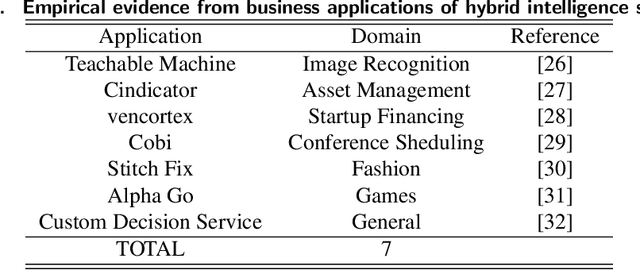
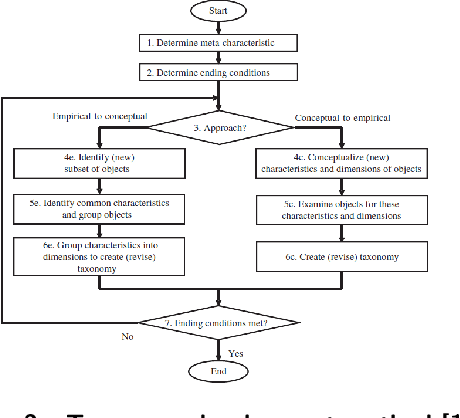

Abstract:Recent technological advances, especially in the field of machine learning, provide astonishing progress on the road towards artificial general intelligence. However, tasks in current real-world business applications cannot yet be solved by machines alone. We, therefore, identify the need for developing socio-technological ensembles of humans and machines. Such systems possess the ability to accomplish complex goals by combining human and artificial intelligence to collectively achieve superior results and continuously improve by learning from each other. Thus, the need for structured design knowledge for those systems arises. Following a taxonomy development method, this article provides three main contributions: First, we present a structured overview of interdisciplinary research on the role of humans in the machine learning pipeline. Second, we envision hybrid intelligence systems and conceptualize the relevant dimensions for system design for the first time. Finally, we offer useful guidance for system developers during the implementation of such applications.
 Add to Chrome
Add to Chrome Add to Firefox
Add to Firefox Add to Edge
Add to Edge